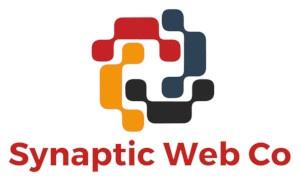30-second summary:
- Signaling rapid growth, PAA boxes are now present across half of all SERPs.
- With 75% of PAA results appearing within the top three results in Google, the PAA block opens up visibility opportunities for sites that are struggling to make it to the first page of Google’s SERP.
- The key to PAA success lies in producing PAA-friendly content that meets PAA best practices – from tackling longer search queries to focusing on brevity and including question words.
With the rise of voice assistants and Google’s mission to turn into a “knowledge engine”, we can spot the proliferation of Google’s SERP features that support these shifts. Embracing these trends, SEMrush decided to take an in-depth look at Google’s ‘People also ask’ (PAA) feature and analyze its ins and outs to help businesses get more visibility with PAA boxes.
Presenting the key highlights from a recent SEMrush 2020 ‘People Also Ask’ study[1] that analyzed over one million keywords for the US, this post provides insights into building a PAA-centered SEO and content strategy.
The rise of the ‘People also ask’ feature
According to SEMrush Sensor[2], the number of SERPs containing a PAA box has grown by 40-42% since the feature was first introduced back in 2015.
PAA appears to be present within half of the search results pages, with a slight increase when looking at mobile search results. In fact, Google is now six times more likely to return a SERP with a PAA box than with a featured snippet[3] result.

Note: The drop on the chart comes as a result of Google’s March 2020 adjustment
Although remarkable, this trend towards PAA expansion is not consistent across all industries. With the lowest presence of PAA within the Real

